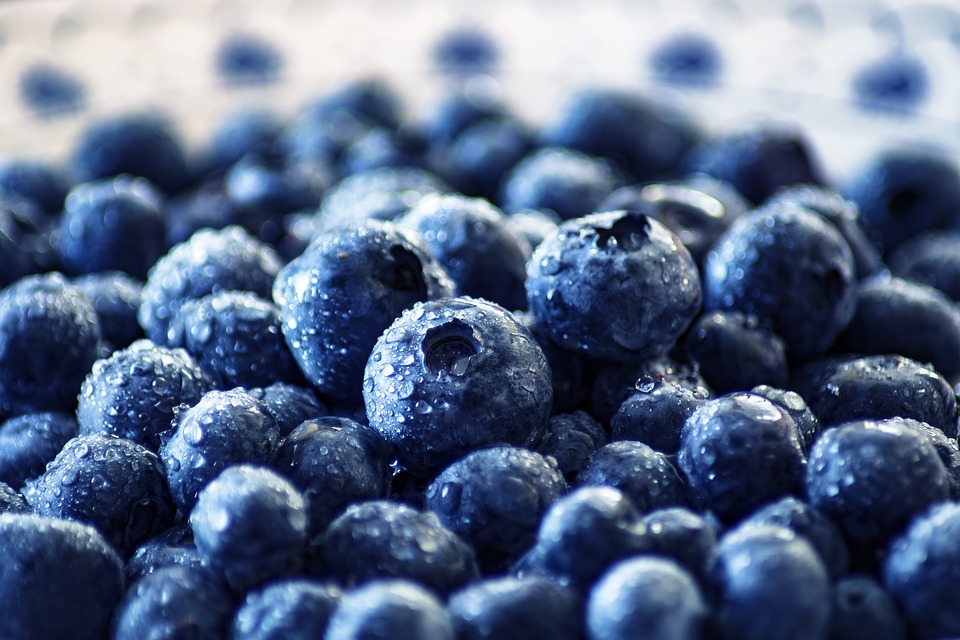While it may not be possible to stop the hands of time, you can still take your youthful look along with your health as you pass through time. There are various cosmetic procedures to remove every sign of aging from your skin but if you would rather love to do it the natural way, you must have heard of the nature-given anti-aging power of the wonder quercetin.And in this article, I will show you 7 quercetin-rich fruits to eat regularly. Meanwhile, if you are in Australia, you can buy your Quercetin Australia here.
Elderberries
Elderberries are tart black berries widely recognized across the major European countries for their super strong antioxidant power. This antioxidation power has been traced to the elderberry’s high content of Quercetin and anthocyanins, both of which are strong phenolic compounds. According to a study by the United States Department Of Agriculture, in every 100grams of elderberries there are 27milligrams of quercetin.
Onions
Did you know? In every 100grams of onions there are about 39 milligrams of quercetin. And the great thing is, red onions have been said to pack more quercetin-content than all other onion families. So it makes sense to include onions as a part of your meals if you want to tap into the benefits of quercetin. You may also opt for smoothies and herbs that involve onions in their making.
Capers
Capers are edible flower buds that have been the inspiration behind various food recipes and herbs. And the thing is that capers have almost the most quercetin-content of 234 milligrams quercetin in every 100grams of capers. That’s six times more of what you’d get from red onions, isn’t it? Move on to the next quercetin-rich food below.
Apple Peels
This can be the sweetest quercetin source you’ll find but the amount of quercetin found in apple peels is not really significant at 19miligrams per 100grams of Apple peels. Consider the fact that you have to get as much as ten or more apples to have 100grams of Apple peels. But everything adds up. Right?
Goji Berries
Goji berries are not only recognized to provide 14milligrams of quercetin in every 100grams goji but are also a good source for iron and vitamin A. Dry goji berries are widely eaten as snacks and you can easily get into the habit of eating them too.
Okra
Okra is one of the sources of quercetin that is readily available. Whether cooked as a soup or consumed in any other form, okra has a high concentration of antioxidant properties of which quercetin 21 milligrams in every 100 grams of okra.
Kale
Kale is one of the major Brassica vegetables known to be healthy sources for quercetin. In every 100grams of kale you’ll get 23 milligrams of quercetin. That is 7 times what you would get from eating 100grams of broccoli. Right? Another thing about Kale is its dynamic nature in terms of consumption. There are so many ways to consume broccoli. You can a smoothie out of it, cook it, eat it raw, or even get more creative with it.
